An Island Reborn
Years of dedicated ecological restoration work in Santa Cruz pays off
Thin Ink will be off for two weeks so I wanted to end the year with a positive story, while still touching on a current topic - biodiversity - in a nod to the just-concluded COP15 negotiations. See you in 2023 and have a well-deserved break, everybody!
There are a a chain of five rugged islands off the coast of southern California, known as the Channel Islands National Park. They are just a boat ride away from the coastal city of Ventura, yet a world apart from the busy, flashy urban centres. In other words, they’re a perfect getaway if you’re hankering for some nature.
In a state that is blessed with a multitude of national parks boasting some of the world’s most iconic landscapes - think Yosemite, Death Valley, and Joshua Tree, just to name a few - Channel Islands tend to get overlooked.
In fact, a friend who lives in Ventura lamented to me that it is one of the lesser-known and less-visited parks in the state, if not the whole country.
If true, that is indeed a shame, not only because people are missing out on an incredible experience (imagine having pods of playful dolphins following your boat for miles), but also because it’s seen as a great example of how to restore and conserve nature.
I visited Santa Cruz, the biggest of the five islands, during a breezy but balmy September day as part of a fellowship programme on climate change organised by the U.S. government.
I was struck by its beauty, but more importantly, inspired by its story of rebirth from what The Nature Conservancy called “the brink of ecological collapse”. I knew I had to write about it.
Santa Cruz lies a mere 53 km (33 miles) from Ventura Harbour or an hour on the boat. So it can’t be called “remote” by any stretch of the imagination, but that was enough to keep it isolated for thousands of years.
Being cut off from the mainland for generations meant plants and animals on the islands evolved into new species and subspecies that both look and behave differently from their relatives on the mainland. Case in point - the island fox, no bigger than a house cat, is a cute, friendly, and curious animal that isn’t afraid of the daily hikers and overnight campers that turn up on Santa Cruz’s shores.
In fact, “there are nearly 150 endemic species on the islands that occur nowhere else on earth”, the Channel Islands National Park told me in response to my queries. Santa Cruz alone boasts 60 of these, including the island scrub jay, which has a beautiful and bright dark-blue coat, and the silver lotus, which has bright yellow blooms.
The islands also have remarkable marine environments, characterised by giant kelp forests, seagrass beds, rocky reefs, and submarine canyons, which are home to more than 1,000 species of fish, invertebrates, and algae.
Now, I wrote that the islands were isolated for a very long time, but that doesn’t mean they weren’t occupied. Archeological investigations indicate that for at least 9,000 years, the Chumash lived on Santa Cruz in a “highly complex society” that traded with mainland groups, using shell beads as currency. The last Chamush left the island for mainland California in 1822, according to historians.
It was also around this time that the Mexican government started to send its people to populate areas in California in an effort to exert control. This included granting Santa Cruz to a private owner in 1839, during which time that sheep ranching began.
The names of some of the places on the island, like Smugglers Cove and Prisoners Harbor, also suggest some interesting history in the 1800s. You can read more about them here.
After the ownership changed hands in 1857, ranching continued in earnest and wool from the Santa Cruz Island ranch became quite well-known. This was followed by decades of agriculture that saw the island populated with cattle, horses, feral pigs, dogs, and feral cats until the late 1980s.
When The Nature Conservancy bought Santa Cruz in 1978, the island was in terrible shape, according to the non-profit.
Feral pigs and sheep, descended from livestock brought to the island, had been overgrazing the land. This had severely altered its natural systems and landscape. These animals also damaged archeological sites associated with the Chumash.
Ten species of plants and animals faced extinction. This included the Santa Cruz Island fox I mentioned above.
This was because the golden eagle has become a new island predator. It had wiped out 95% of the fox population in less than a decade.
The reason the golden eagle had moved in was because the island’s native bald eagles, which preyed on fish rather than foxes, had been wiped out by the pesticide DDT contamination nearly five decades ago.
So the DDT… When birds, including eagles, accumulate high concentration of these chemicals by eating food contaminated with DDT and its breakdown products, they lay eggs where the shells are so thin they dry out or break during incubation!
The U.S. Congress banned its use in 1972 but a factory in Southern California had released thousands of tons of the chemicals into the ocean, which were still harming wildlife decades later. Read this LA Times story from 1995 on the shocking and disturbing legacy of this dump.
It’s a sobering reminder of the far-reaching effects of these toxic chemicals.
Now, there is a happy ending here.
The Nature Conservancy, The National Park Service (which now owns 24% of the island) and others worked to bring the island back to its native state.
They removed the sheep and then did the same with the feral pigs. They captured and relocated golden eagles to north east California. They reintroduced bald eagles. They set up a captive breeding program for island foxes.
This patient, painstaking work paid off. The island foxes, which were placed on the endangered species list in 2004, came off the list in 2016. The population is now back to healthy levels. Bald eagles have also returned.
“The de-listing of the island fox marks the fastest recovery of any mammal under the endangered species act,” Ken Convery, Chief of Natural Resources at the Channel Islands National Park, told me via e-mail.
At least two other animals in the larger Channel Islands National Park have also come off the endangered species list: brown pelican and the island night lizard. Other positive impacts include birds expanding their range and nesting for the first time on some of the other islands.

The past is never far though. You can still see the remnants of the ranching era as soon as you leave the Santa Cruz harbour. Farm equipment and machinery as well as ranch buildings are still standing, as if to remind you of both the good and the bad things that we humans are capable of.
The park is continuing its restoration work. It was one of the first to establish an inventory and monitoring program, including monitoring its giant kelp forests. But there isn’t exactly a deadline, said Ken.
“Channel Islands National Park, established in 1980, in many respects is considered a young park. For perspective, the last remaining feral pigs were removed in 2006. In 2011, management of Santa Rosa Island officially transferred to the National Park Service.”
“There are still several species listed on the endangered species list which we are actively monitoring and working to restore habitats.”
“Ecological restoration, including the removal of non-native species and active native plant restoration, is the best way to ensure continued survival of these unique species and communities for future generations to enjoy.”
However, it’s no longer just the past human behaviour that threatens these islands. Right now, the park also has to contend with the implications of present human behaviour. Climate change and its impacts have become ever more pressing. This means the work of monitoring, conservation and restoration is unlikely to stop in the near future.
“Higher sea surface temperatures in the waters of the Channel Islands could cause northward range shifts of fish species. In fact, some warm water species are being observed more frequently than in the past,” said Ken.
A May 2020 report laid out changes already underway and the challenges ahead.
Historical changes detected include an increase of average annual temperature within park boundaries “at a statistically significant rate” of about 1°C per century from 1895 to 2017 and sea level rise of around 10 cm from 1924 to 2019.
Under the highest emissions scenario, average annual temperature could increase by nearly 2°C by 2050 and by 3.5°C by 2100 and higher temperatures would tend to increase aridity.
“Cutting emissions from human activities to meet the Paris Agreement goal could reduce projected heating by two-thirds,” it said.
Continued climate change could also warm California Current waters 2 to 4°C above the 1980–2005 average by 2100 and contribute to more harmful algal blooms while a combination of projected sea level rise, daily tidal range, and storm surge could raise sea level during the worst storms to 3.5 m above the 2000 level by 2100.
Risks to park resources include increased wildfire frequency, tree mortality, and damage to marine life. In addition, it is important to conserve above-ground vegetation in the park because it stores carbon equivalent to the annual emissions of tens of thousands of Americans.
“From 2001 to 2010, ecosystem carbon increased on one-third of the area of Santa Rosa Island and the eastern end of Santa Cruz Island, coinciding with ecosystem restoration.”
“Motor vehicles and boats of the park and visitors generate 80% of the 350 tons per year of park carbon emissions, pointing to local ways to help reduce the human cause of climate change.”
I learnt three things from a beautiful, fun and education day out with friends.
Ecosystem restoration is crucial to protect and conserve nature and biodiversity. There is a deep well of evidence that shows the positive relationship between our mental and physical health and access to nature. To do this, however, we need long-term resources and commitment.
But the results are tangible. Our quest for instant gratification is a major cause of biodiversity loss which, according to the WWF, has seen a 69% decrease in monitored wildlife population since 1970. Freshwater populations have been hardest hit, declining by an average of 83%. Reversing these terrible losses will take time and we will need to learn to be patient.
It’s a continuous process and one that is becoming both more challenging and more necessary because of climate change. That day we spent on Santa Cruz was absolutely wonderful and I want my nieces - currently 8 and 10 - to be able to visit and enjoy these places when they grow up. We need to keep advocating for nature because it’s also about our own future.



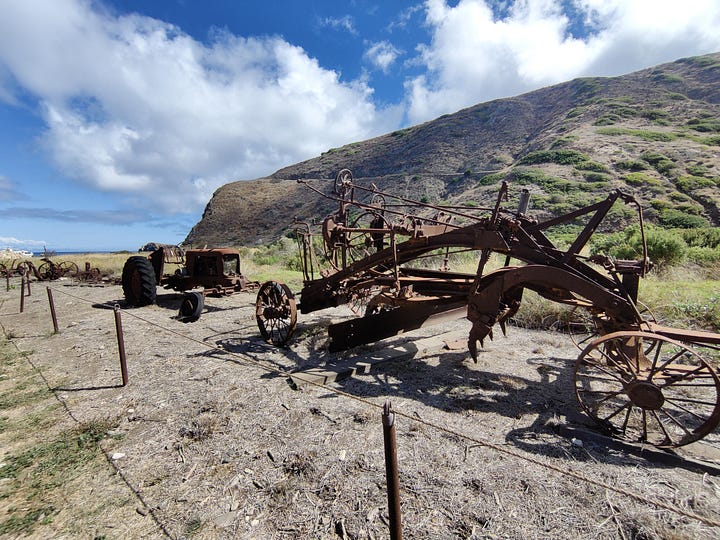


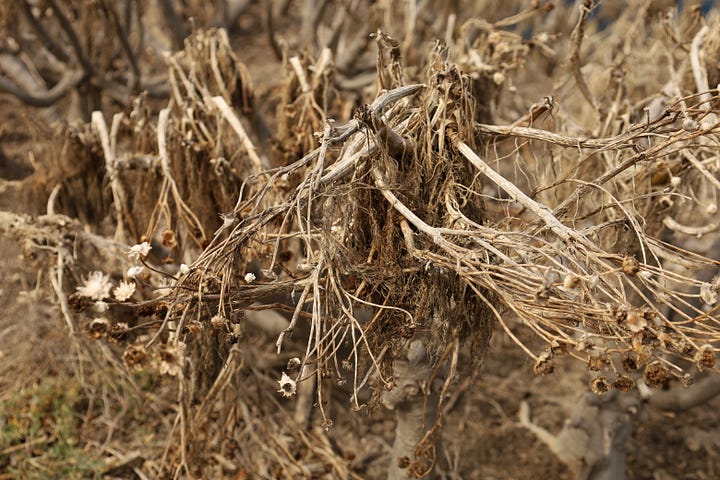
As always, please feel free to share this post and send tips and thoughts on mastodon @ThinInk@journa.host, my LinkedIn page, twitter @thinink, or via e-mail thin@thin-ink.net.



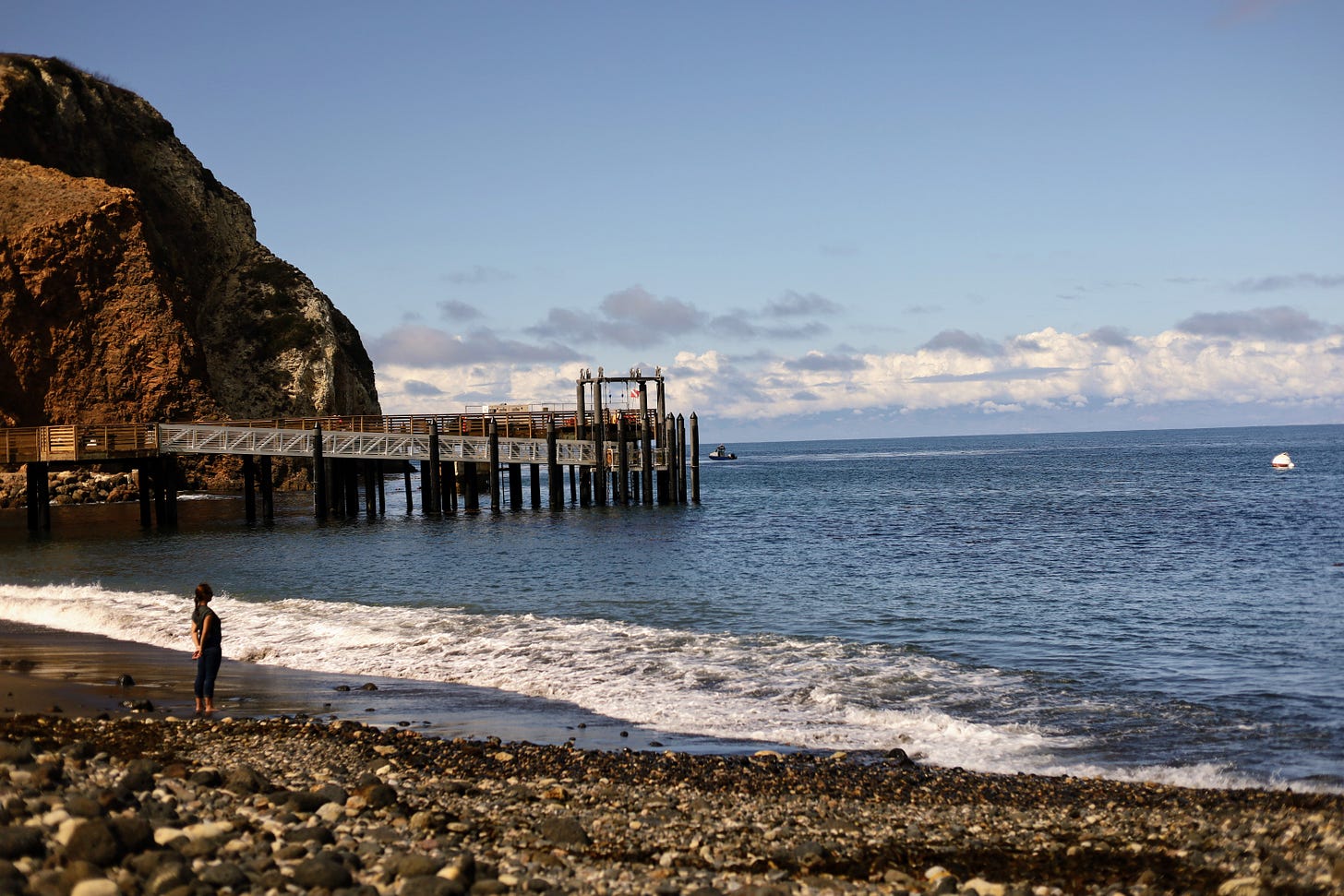
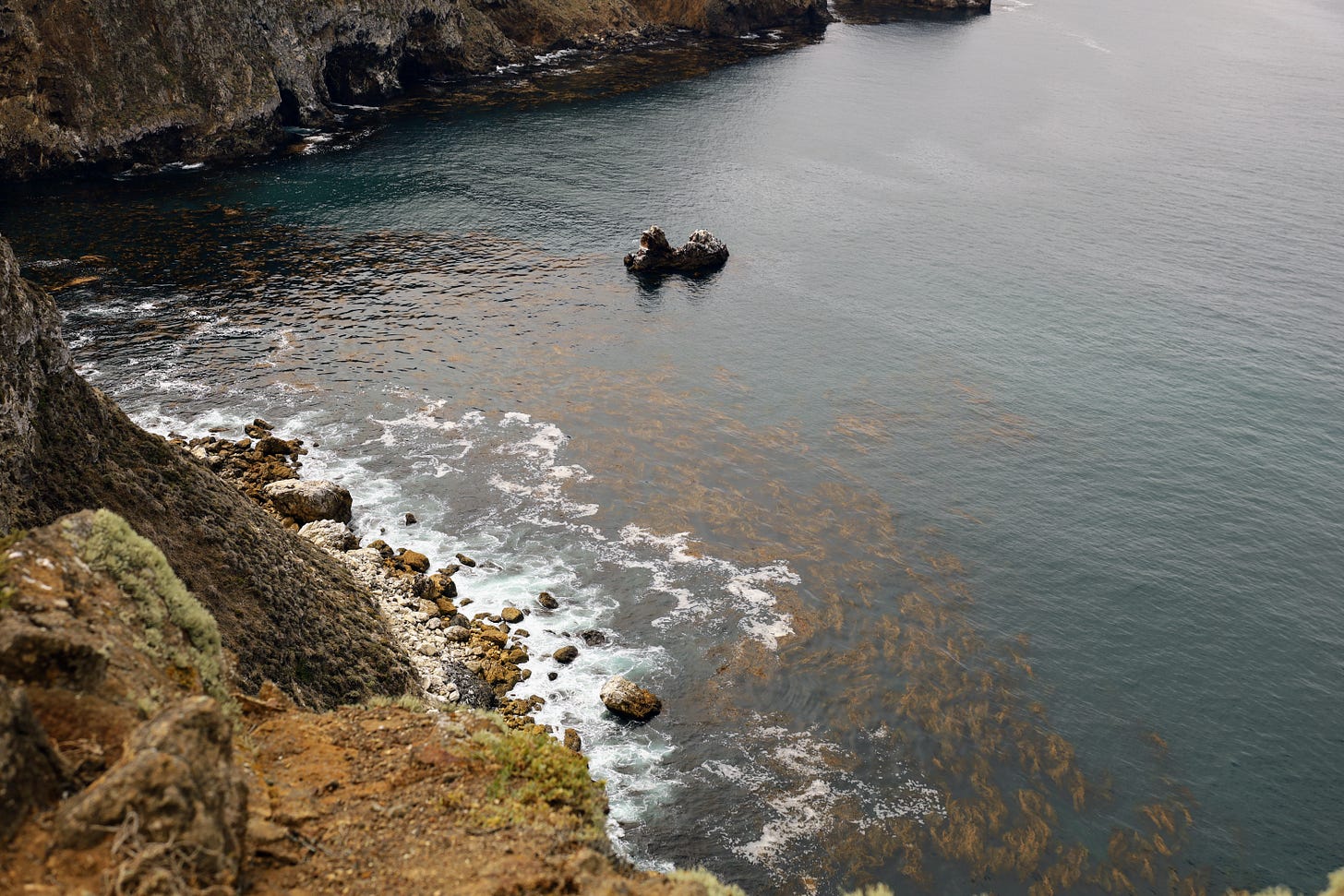


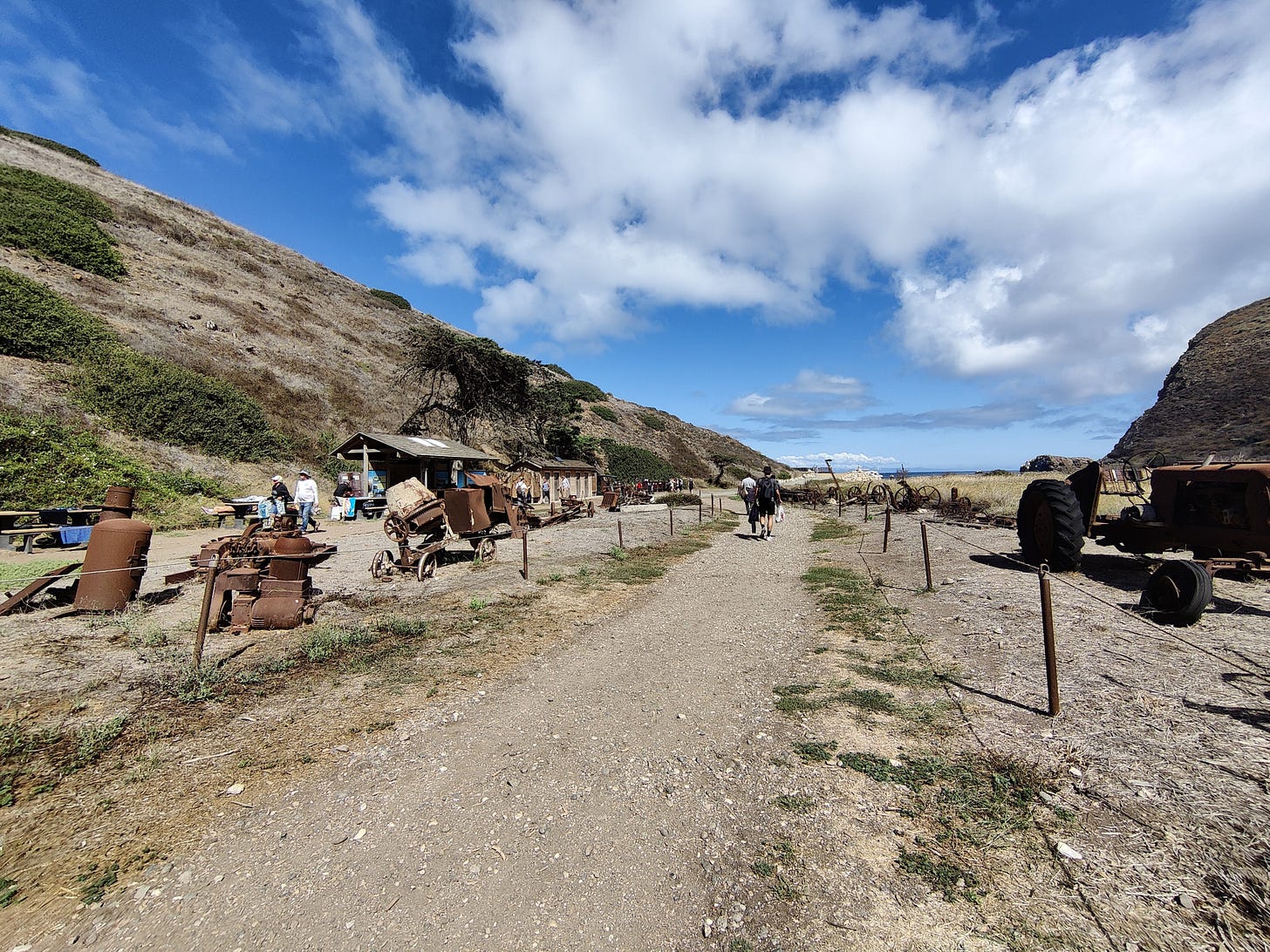

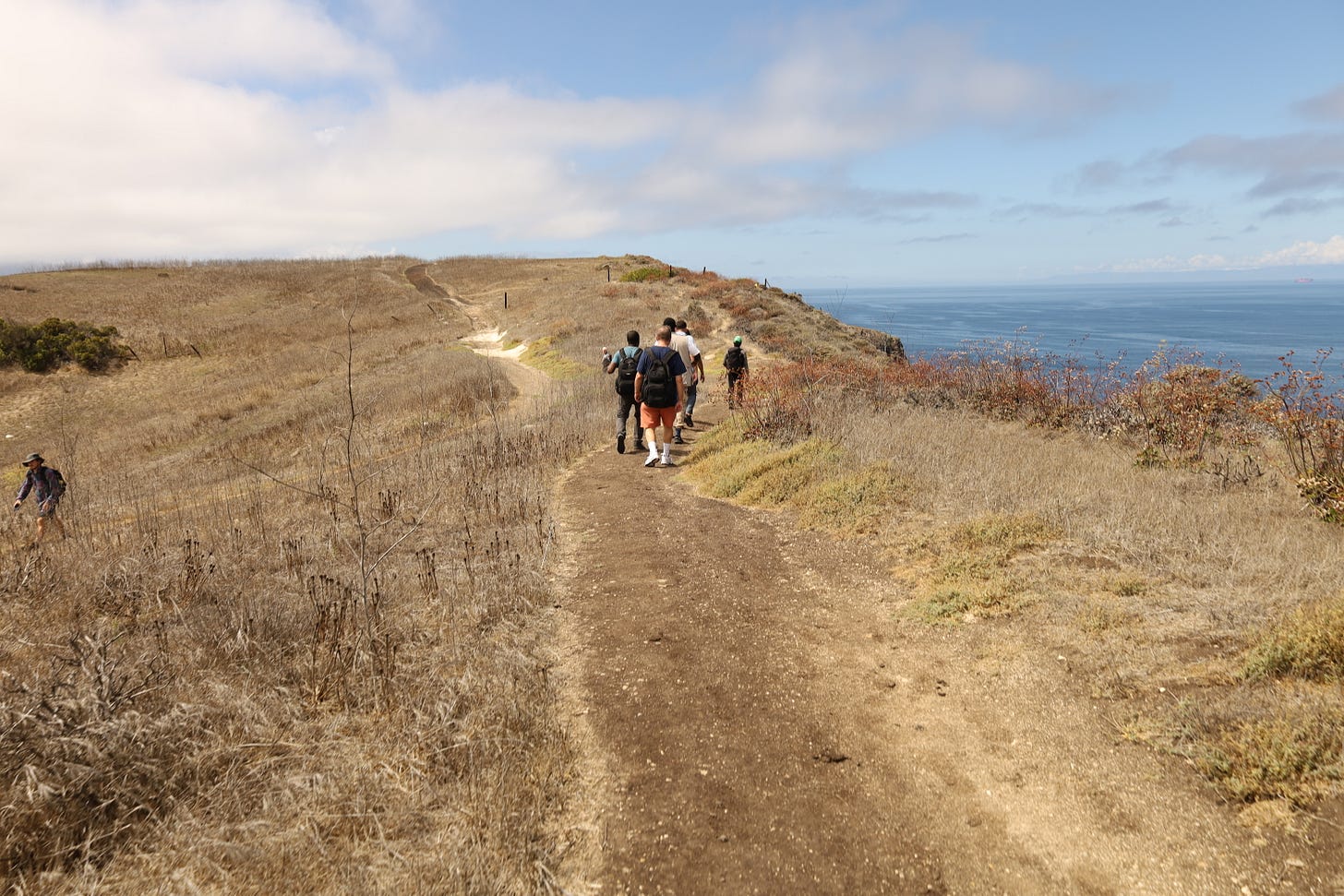

Hi Thin. Happy Holidays! Wonderful to be in touch even virtually. Thanks for this wonderful story that I had not read before. My wife and I now live in Oxnard near where we keep our sailboat in Ventura Harbor. Santa Cruz is one of our favorite destinations. If you and your husband ever make it back to SoCal, we’d love to see you and can provide wind-powered transit to Santa Cruz for you.